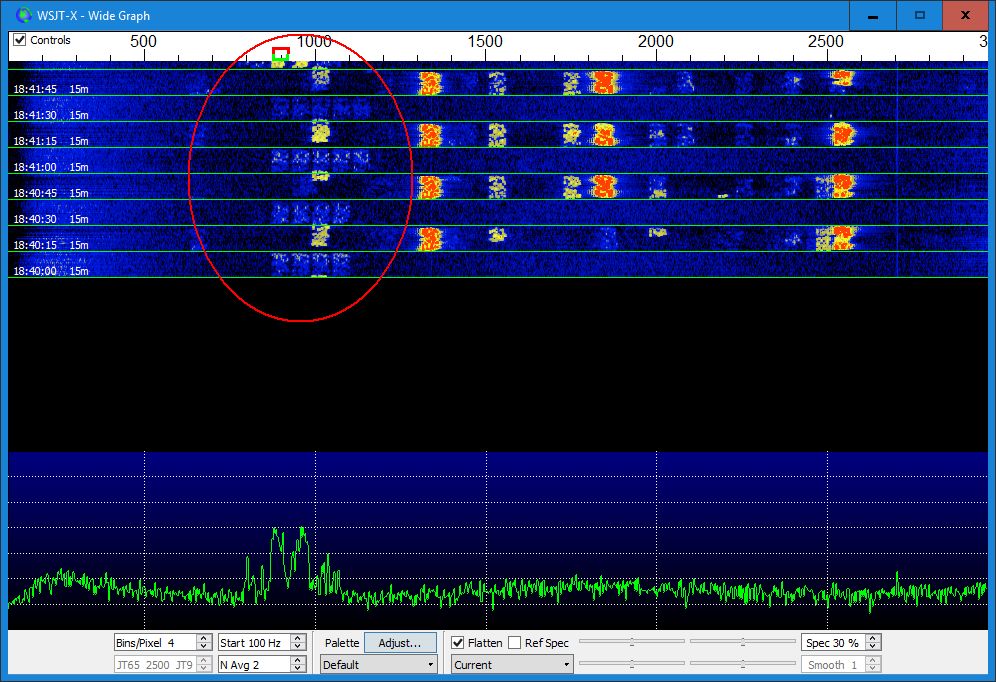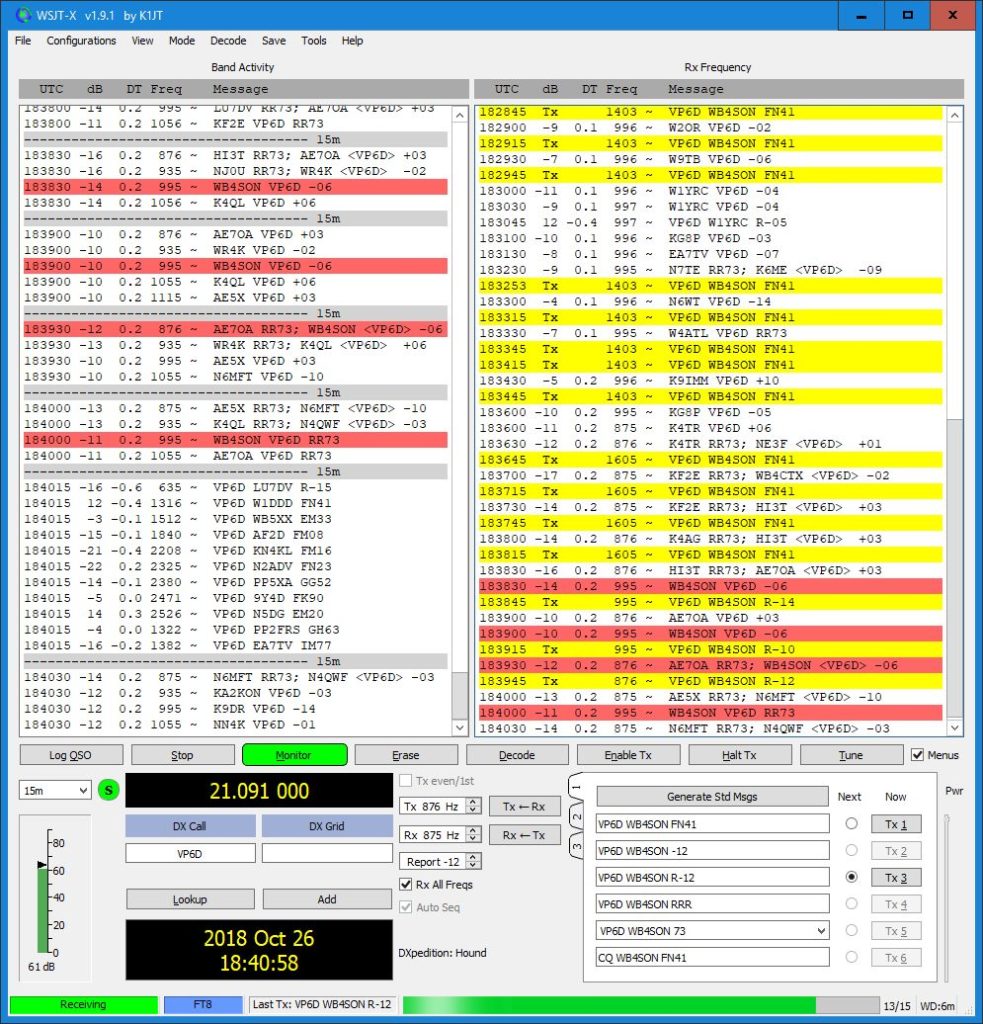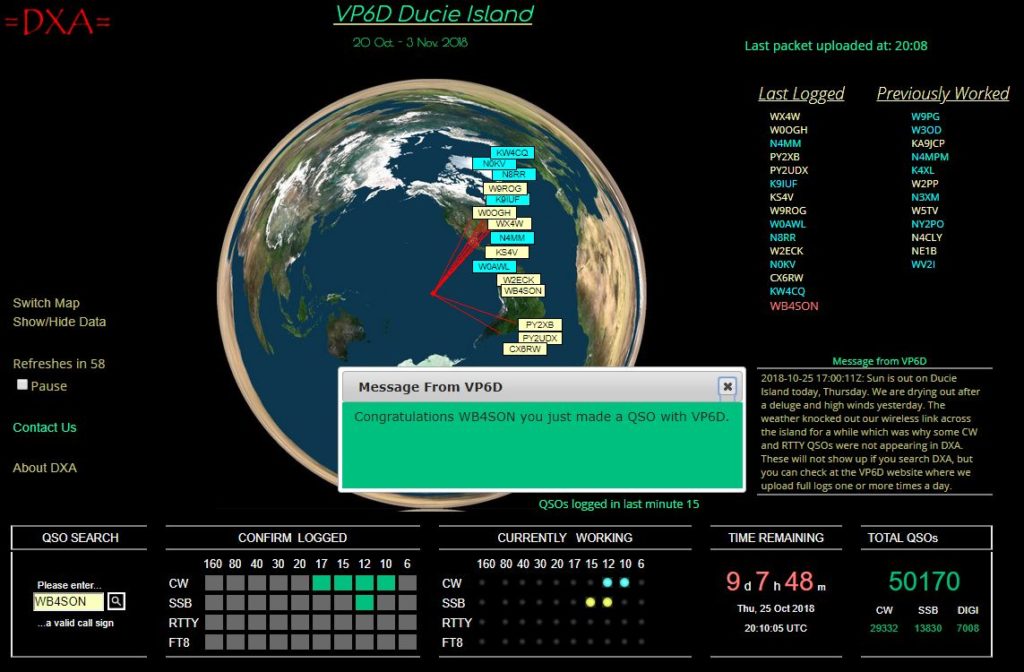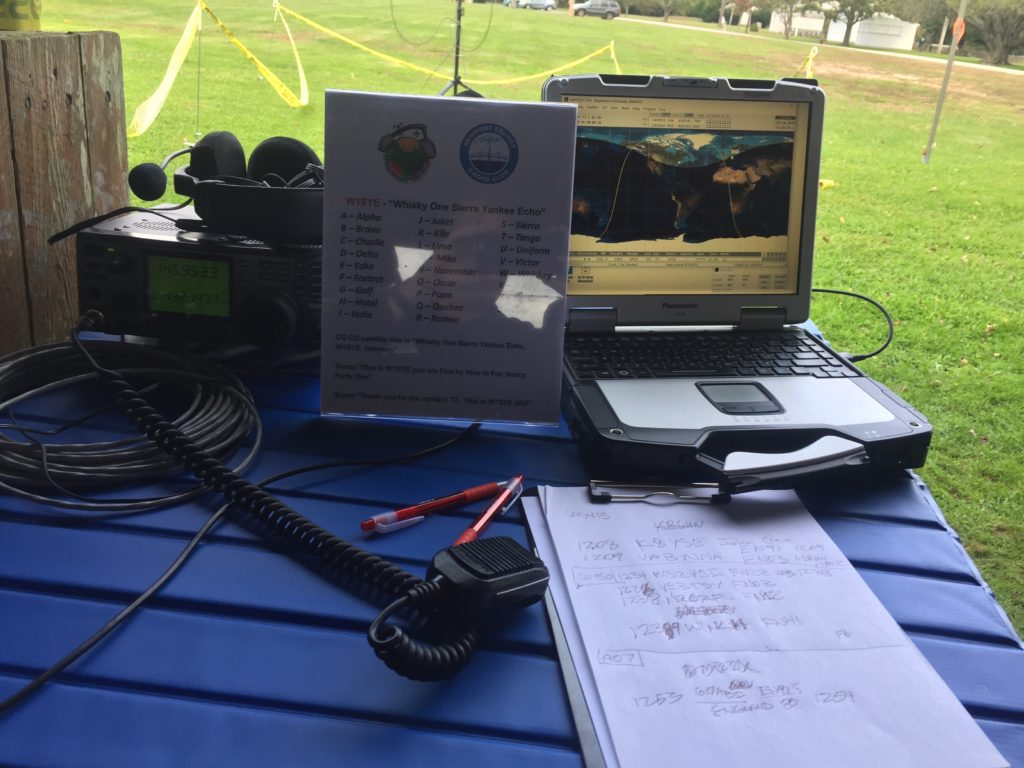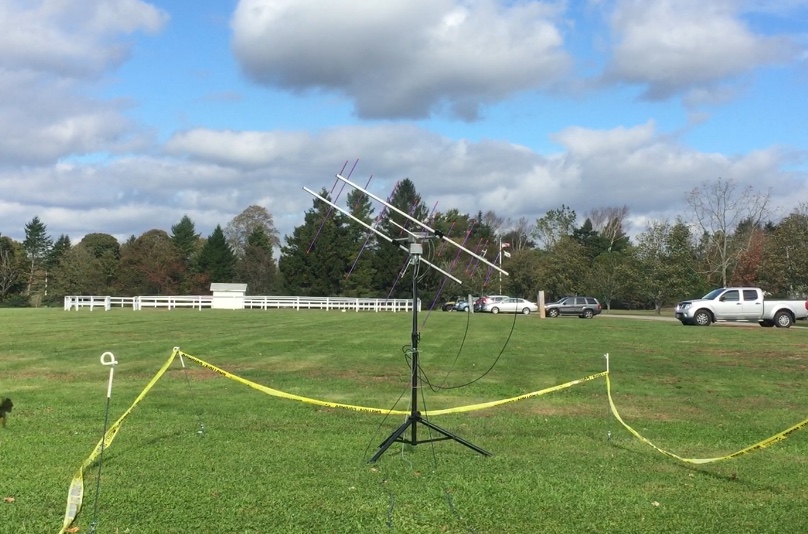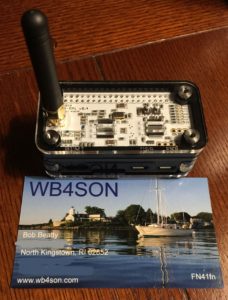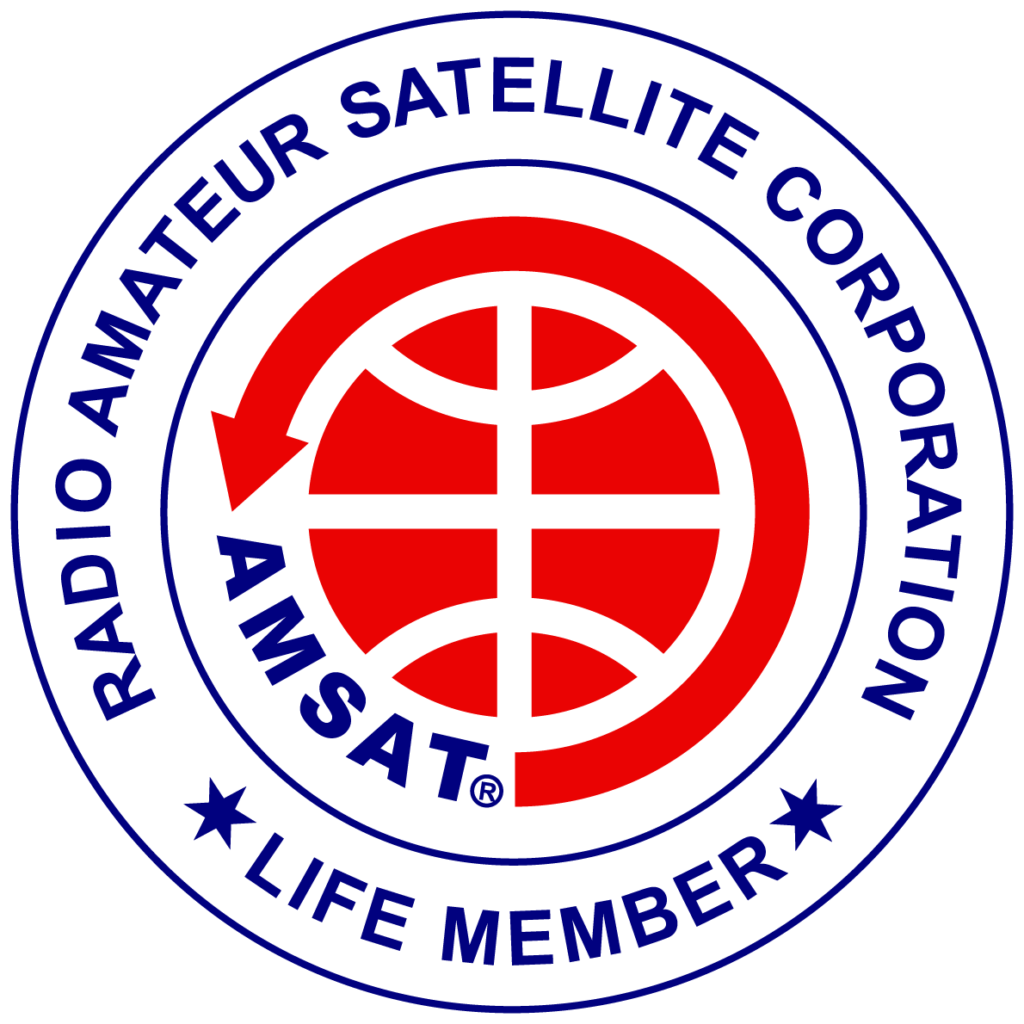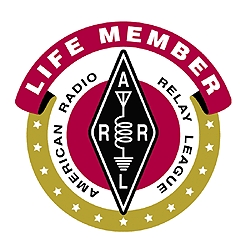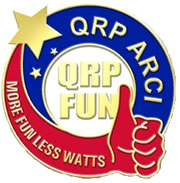I’ve been wanting to write up something covering what I discovered about my Zumspot and Yaesu FT-70D radio, especially how I configured them both, but there are already some excellent references online. One website that has been very useful to me, is written by Toshen KE0FHS: https://amateurradionotes.com/pi-star.htm
That link goes to his information of Pi-star, but be sure to check out the Hotspot section as well.
As for configuring the Zumspot, I highly suggest this document from David Hull, KC6N
It can take many hours of digging to figure out how to actually use the FT-70D with the YSF Rooms. But the reality is pretty simple. You need to place the radio into WIRES mode. You do this by putting your radio into “DN” (Digital Narrow) by using the “MODE” button. Then you enter WIRES by momentarily pushing the “F” button, then the “AMS” button. You will see “WIRES” scrolling on the LCD, and with a bit of luck, a set of four rising tones will play indicating the 70D is in WIRES mode. In my case, the first attempt seems to fail about 30% of the time, so I have to wait about 20 seconds for the radio to timeout so I can try again.
Once the radio is in WIRES mode, rotate the tuning knob one step CCW until the display shows “*—–“. Simply key in the desired YSF room number, like 6 4 2 3 0 for Ragchew America, and press the “AMS” button (note: the PTT button is NOT used when setting up WIRES or picking a room number). Your Zumspot should be connected to that room number, and the 70D will show “CONECT” then a scrolling “-RC A”.
An excellent resource for YSF Rooms: https://www.pistar.uk/ysf_reflectors.php
It should be possible to use DTMF tones to control the Zumspot without using WIRES. However I have had ZERO success doing that, and have read many posts that indicate the DTMF digits don’t work correctly on the 70D. Even the commands that are built-into the Zumspot, like powering down or resetting don’t work with 70D DTMF codes. So I suspect there is something wrong with the radio itself.
There are another set of rooms, called “FCS” that would be very easy to get to using DTMF digits, if that worked. Sadly it doesn’t. The alternative way is to get access to them using WIRES. But that is a problem as you don’t enter the room number directly, but instead have to subtract some sort of calculated offset (that might change over time), then enter that number. It works but is VERY clunky. Honestly it is easier to go into the Pi-star dashboard and reconfigure it.
Example FCS00285, DTMF A285, which happens to be “America Ragchew (XWIRES)” (a FCS room linked to YSF room 64230). You would enter WIRES 0 0 1 3 8 to get there. However if nobody else is in that room (or a repeater is not linked to it) that will fail to work. Here in RI, FCS00239, DTMF A239, is the Rhode Island room. It is accessed by WIRES 0 0 1 1 1. The math isn’t consistent, probably because not every FCS room number is in use, and I suspect the offset changes when rooms are added or removed. So mostly I stick to YSF rooms.
My final comment is that I have found my Zumspot will reset itself several times a day. The good news is it always works. The not so good news is it will change back to the default room assignment (in fact that’s how I know it is resetting). No doubt this is the “PiStar-Watchdog” process discovering something wrong.

